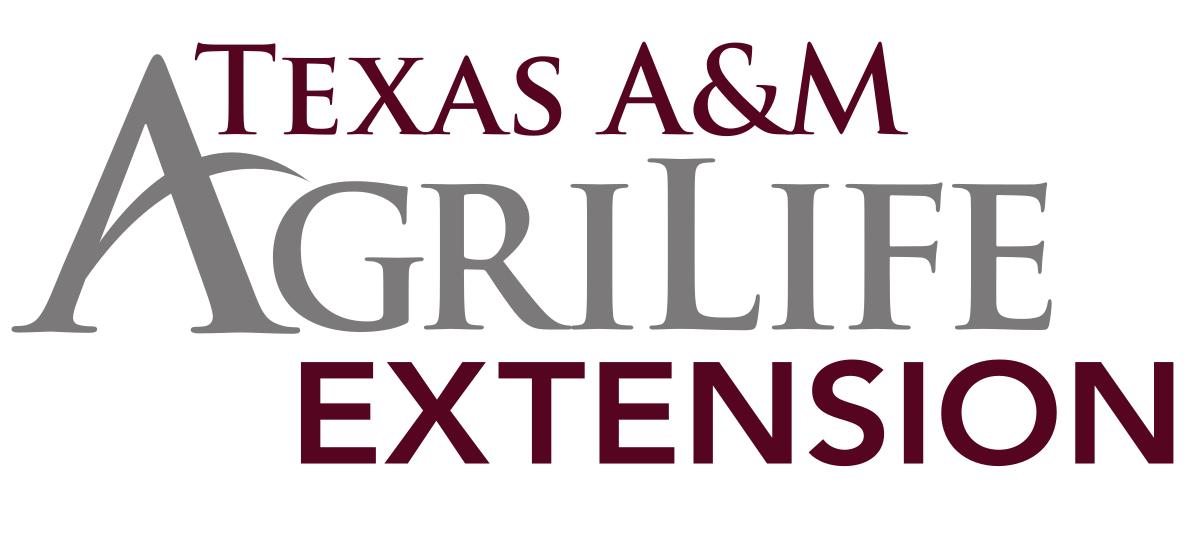By Crystal Williams, Ed.M.
As a follow-up to OneOp’s 2018 Virtual Conference, the Family Transitions team developed five blog posts to help early childhood professionals apply these concepts to their work with children and families. Other blog posts in this series are linked at the bottom.
As you read each blog post in this series, you may find this Personal Storytelling Journal helpful. You can download it and complete it at your own pace after reading and reflecting on each blog post. You can also download a copy of the blog post activity to complete here.
Asking Questions
Asking questions is an essential part of an early childhood professional’s work to develop rapport, gain information, and establish shared understandings. However, asking questions is not always simple. Some questions may be difficult to ask, especially those related to culture and difference, and professionals may shy away from topics that need to be addressed (e.g., a child’s diagnosis, food security, behavioral expectations at home). It is also important to consider how others will perceive the questions we ask so they do not come across as overly personal, insensitive or disingenuous. Dr. Anne Phibbs told several thought-provoking stories and provided strategies to help professionals ensure that the questions we ask are necessary, sensitive, and intentionally planned.
Necessary vs. Unnecessary Questions
Dr. Phibbs explained that questions we ask others are not always necessary and could cause harm. She further explained that when individuals who are considered different from the majority (or assumed norm) receive unnecessary questions it signals that others are entitled to access their information. It is important to recognize the difference between seeking information to satisfy curiosity and asking questions necessary for conducting our work. One strategy you can use is pausing and asking yourself the following questions:
- Why am I asking this question?
- How is this information relevant to my work?
- What will I do with this information?
Sensitive vs. Insensitive Questions
In addition to considering if a question is necessary, it is also important to ensure it is sensitive the individual(s) being asked. Dr. Phibbs suggests there are inclusive questions and exclusive questions, and we should always strive to ask questions in an inclusive manner. Dr. Phibbs also recommends asking questions in ways that apply to everyone, rather than just a specific group. For example, rather than asking one family who you suspect is from another country where they are from, ask all families to share where they were born, grew up, etc.
Look at the following examples.
| Scenario | Insensitive/Exclusive | Sensitive/Inclusive |
| Students in a classroom are asked to draw a picture of their family. | Where is your mommy and daddy in this picture? | Would you like to tell me about who is in your family? |
| A childcare center is hosting a parent night and serving hotdogs and hamburgers. A teacher is concerned because she believes one family may be vegetarian. | Your family doesn’t eat meat, right? | What are your family’s food preferences and restrictions? (Ask all families, not just one) |
| A family is expecting a new child. | Is it a boy or girl? | What pronouns would you like me to use for the new baby? |
| An adult who is not usually present is at a home visit. The home visitor cannot remember their name or role in the child’s life but knows they met before. | Who are you again? | It’s nice to see you again. Can you remind me of your name and relationship to (child)? |
| A family has not answered their phone for the past two weeks. The line seems to be disconnected. | Did your phone get shut off again? | Do you have any updates (contact information, address, emergency contacts) you would like to share? |
Intentionally Planned vs. Impulsive Questions
It is important to refrain from asking impulsive questions. Impulsive questions are more likely to be unnecessary and/or insensitive questions. Instead, professionals should intentionally plan what questions to ask, when to ask them, and how to phrase them. For example, early childhood professionals can conduct interviews with all children and families to get to know them. They can also plan what questions they will ask during activities, lessons, and interactions with families. Another option is having a “Question of the Week” that all children and families can answer such as, “Who lives in my house?” and “What is my favorite family celebration?” These questions encourage community-building and teach children to learn about and accept differences.
It may be difficult to remember each child and family’s unique circumstances, so professionals can use strategies to commit information to memory and keep records of important information. For example, professionals can write the names of important adults next to each child’s name on an attendance sheet or refer to intake information before meetings. This will help you build relationships and avoid repeating questions, which is especially important for sensitive topics and private information.
Directions: Read the scenarios below. Then reflect on the questions in each box.
| Scenario | Do you think it was necessary? | Do you think it was sensitive? | Do you think it was planned? | What would you do/say differently (if anything)? |
| One of the boys in a teacher’s class always plays dress up at school. When his parents arrive for pick-up, she looks at the dad and asks, “Is he allowed to play dress up much at home?” |
Example: I think the conversation could be beneficial so the family and teacher can share information about the child’s interests and developmentally appropriate play. |
Example: No. The question seemed accusatory to the dad that he may not allow his child to dress up. |
Example: No. Pickup was not a good time to have this conversation and it seemed spur of the moment. |
Example: To be more sensitive, I would save the topic for when we meet privately and address both parents, “I noticed ___ likes to play dress up at school. Does he at home too?” |
| Laney and her twin Lexi have two moms. On their first day of preschool, the teacher says to the moms, “Oh! They look like both of you. Who gave birth?” | ||||
| A school psychologist is seeing a child who witnessed gun violence in his neighborhood. The psychologist asks the child to draw a picture of what happened and then asks, “Can you tell me about the picture?” | ||||
| A family tells their childcare provider that at their last center, their child had a traumatic experience. The childcare provider immediately asks, “Which center was it?” | ||||
| A mom tells her home EI provider that she is going back to school to get her PhD. The EI provider asks, “Who is going to help with all the housework?” |
Previous blog posts in this series can be found at the links below:
Seeking Out Stories to Build Cultural Competence in Early Childhood Settings
Practicing Humility to Build Cultural Competence in Early Childhood Settings
Listening to Build Cultural Competence in Early Childhood Settings















